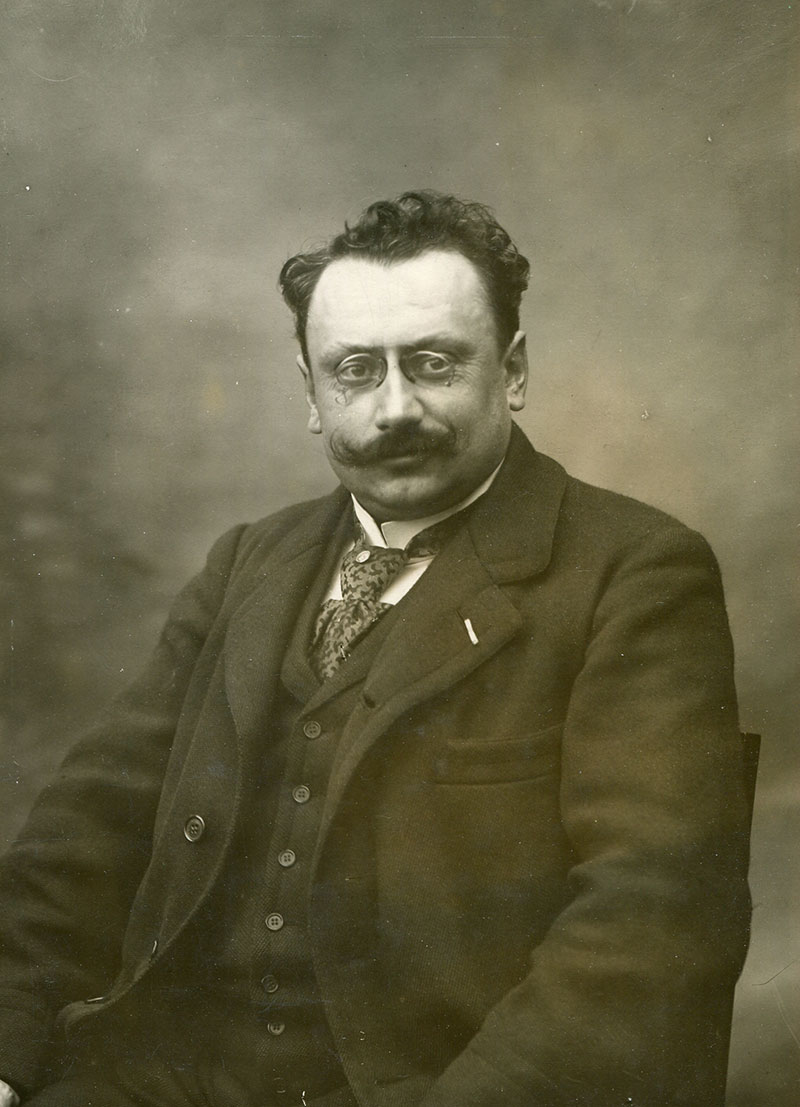
© Durand-Ruel & Cie, rights reserved
Caroline Durand-Ruel Godfroy
Caroline Durand-Ruel Godfroy is one of Paul Durand-Ruel’s grand-grand-daughter. She worked for several years with her father, Charles Durand-Ruel. When the latter died in 1985, realizing the capital importance of the Durand-Ruel archives for the traceability of the works of the many artists who passed through the gallery, it was decided to direct their activity towards exploitation and dissemination of these archives.
She has also been involved in the organization of numerous exhibitions, loaning and writing catalog essays, as well as writing articles for periodicals and giving lectures. In particular, she published and annotated the correspondence sent by Degas to the Durand-Ruel gallery as well as that exchanged between Renoir and Paul Durand-Ruel.
Finally, it was in 1989 that she began to look at the critical catalog of the work of Maxime Maufra.
Thanks to its archives, the Durand-Ruel gallery has contributed in a crucial way, as regards the photos and the history of the works, to the “catalogues raisonnés” of the works of Degas, Manet, Monet, Pissarro, Sisley and, in part , Renoir.
But the Durand-Ruel gallery did not just promote the impressionist painters. She had previously endeavored to make known the painters of the 1830 School or Barbizon School and then, later, at the end of the 19th century, the post-Impressionist painters, such as Albert André, d’Espagnat, Loisea, Moret, whose audience should be enlarged.
Maxime Maufra is one of them and it is natural that the Durand-Ruel gallery publishes the “catalogue critique” of this artist’s work. Maxime Maufra was part of the “Durand-Ruel stable” from 1894 until his death in 1918.
He is best known as a painter from Brittany. But, a tireless traveler and while favoring landscapes and his favorite theme, water, we generally ignore that a significant part of his work was performed in various regions of France, such as the Vendôme and Lavardin regions, which he was particularly fond of and where he died. But he also painted Normandy, the Paris region, the South of France and even the Oisans, without forgetting Nantes, his hometown, and the banks of the Loire. He also brought back works from Scotland, Belgium and Luxembourg as well as from Algeria.
And it is to be hoped that this “catalogue critique” will make it possible to make better known and appreciate the work of this powerful and sincere artist who knew how to keep his independence from all the artistic currents of his time.
Acknowledgements
I would like to extend all my gratitude and thanks to all those who have supported and helped me in this 30-year long work :
– Yves Maufra, the artist’s grandson, for all his knowledge of his grandfather’s woek and his advice which was a tremendous help ;
– the Durand-Ruel Archives, through Paul-Louis Durand-Ruel and Flavie Durand-Ruel Mouraux, as well as Nicole Arbel and France Daguet and all those who, since 1890, have worked so well in the constitution of these archives ;
– Véronique Alemany ;
– Henri Belbeoch ;
– André Cariou ;
– Denise Delouche ;
– Hervé Duval ;
– Oscar Ghez ;
– Laurent Godfroy ;
– Gilles Grannec ;
– Annette Haudiquet ;
– François Joly ;
– René Le Bihan ;
– le frère Guy Leclerc ;
– Jean- François Marinello ;
– Sylvie Patry ;
– Ronald Pickvance ;
– Yves Thierry ;
– Paul Getty Research Institute, Los Angeles ;
– Musée d’Arts de Nantes ;
– Musée de Pont-Aven ;
– Musée des Beaux-Arts de Quimper ;
– Musée des Beaux-Arts de Reims ;
– Musée des Beaux-Arts de Rennes ;
– without forgetting my husband, André Godfroy, for his patience and his support.
Last but not least, I would also like to thank all those that I may have unfortunately forgotten and the museums and auction houses that have allowed me to reproduce free of charge the photographs of Maxime Maufra’s works from their collections.
